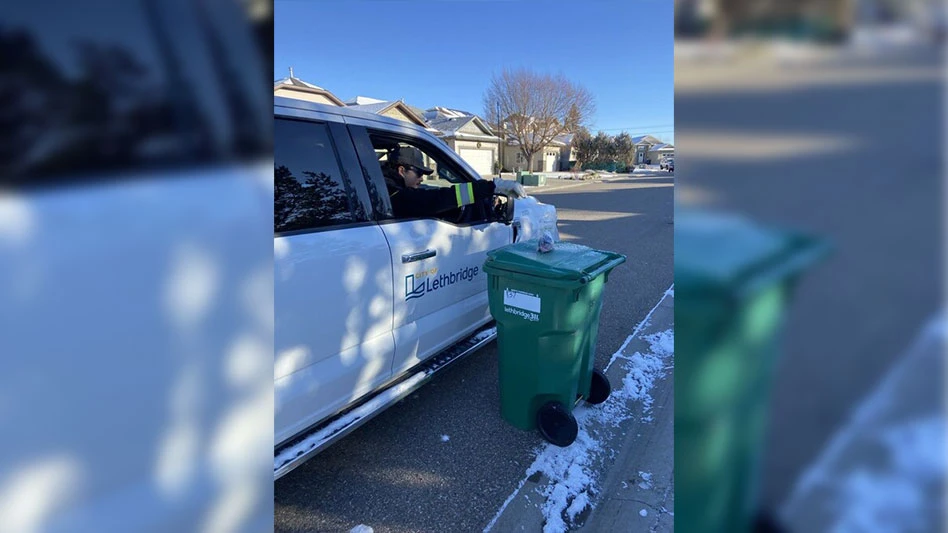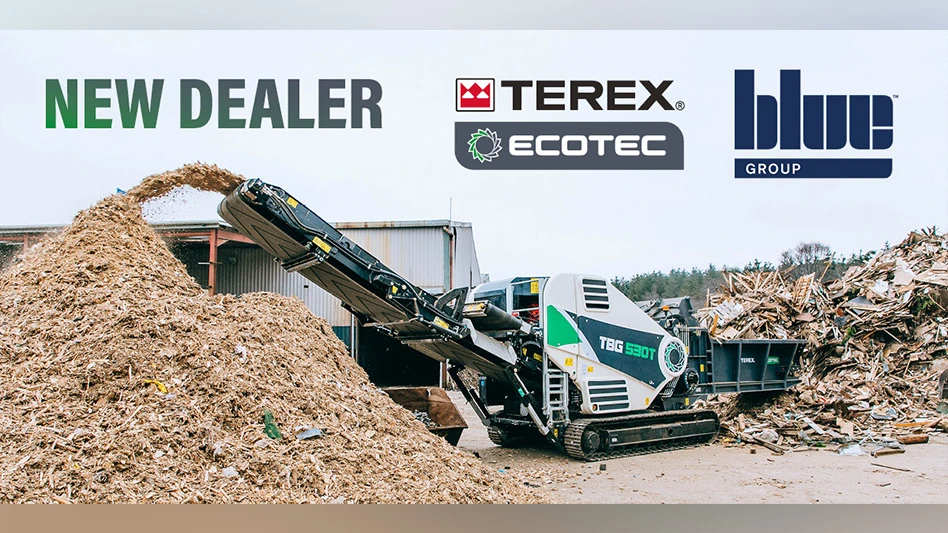In recent years, brands voluntarily have set sustainability targets for packaging, such as making it more widely recyclable or increasing postconsumer resin (PCR) use, with ambitious 2025 and 2030 deadlines.
Since last year, however, some of those brands have acknowledged they would miss their marks.
In December 2024, The Coca-Cola Co. pushed its packaging goals to 2035 while moving away from its goal to reduce virgin plastic use by 3 million tons by 2025. It also lowered its 2030 target of using at least 50 percent recycled content to 35-40 percent.
“This is a time to push forward toward these commitments, to acknowledge and say these goals we’ve set are aspirational. … But if they’re not aspirational, it’s not going to create progress.” – Jonathan Quinn, president and CEO, U.S. Plastics Pact
In February, Walmart updated its 2023 environmental report, saying it didn’t expect to meet its 2025 plastic packaging and reduction goals.
For example, by this year, the retailer aimed to make 17 percent of its global private-brand packaging with PCR. As of 2023, it had achieved 8 percent, while its use of virgin plastic in global private-brand packaging increased that year despite a 2025 goal to reduce virgin use 15 percent.
At the 2025 Plastics Recycling Conference in National Harbor, Maryland, in late-March, a panel discussed the issue of missed goals and the obstacles brands have faced along the way.

Anne Bedarf, director of global packaging and plastics sustainability at New York City-based Colgate-Palmolive, described the landscape as “fragmented” when it comes to knowing if packaging truly is recyclable and called for more alignment among organizations that assess recyclability.
Mark Watts, associate director of packaging sustainability at Ewing, New Jersey-based Church & Dwight Co. Inc., which owns the Arm & Hammer brand, said brands are looking at “a game that is continually changing” when it comes to setting packaging goals. He noted many 2025 goals were set before legislation like extended producer responsibility gained steam in the U.S., and recycling infrastructure has yet to match brand resin needs. “[W]e’re caught between a rock and a hard place because we’re required by law [in some places] to go higher, and it’s costing us more, rather than the infrastructure developing and maturing to the same level that the virgin plastic infrastructure has,” he said. “We feel the pain of it.”
Jonathan Quinn, president and CEO of the Walpole, New Hampshire-based U.S. Plastics Pact, urged brands to stay the course and be transparent about their progress.
“This is a time to push forward toward these commitments, to acknowledge and say these goals we’ve set are aspirational, and that’s very true,” he said. “But if they’re not aspirational, it’s not going to create progress. And those companies that use the political climate of today as an excuse to retreat or step back, those are the companies that are going to be held accountable by consumers. Consumers are going to see those that just wanted the sustainability T-shirt versus the actual sustainable action.”

Explore the May 2025 Issue
Check out more from this issue and find your next story to read.
Latest from Recycling Today
- Phoenix Technologies closes Ohio rPET facility
- EPA selects 2 governments in Pennsylvania to receive recycling, waste grants
- NWRA Florida Chapter announces 2025 Legislative Champion Awards
- Goldman Sachs Research: Copper prices to decline in 2026
- Tomra opens London RVM showroom
- Ball Corp. makes European investment
- Harbor Logistics adds business development executive
- Emerald Packaging replaces more than 1M pounds of virgin plastic





